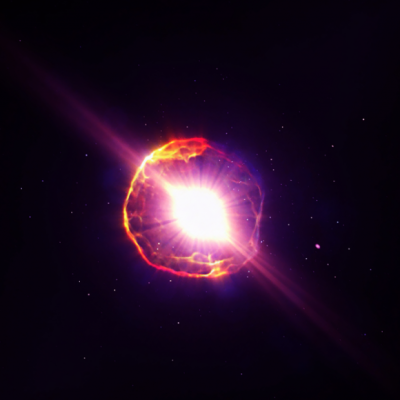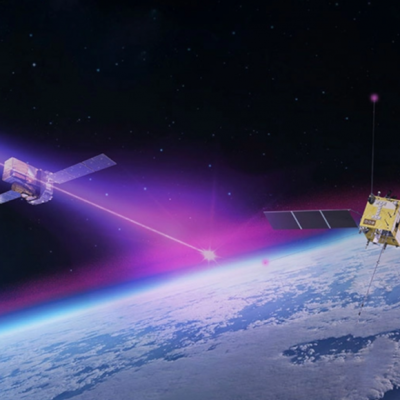A new artificial intelligence (AI) has identified eight radio signals that do not match any known earthly or astronomical radio source. It is possible that the signals come from intelligent extraterrestrial life. Astronomers have been searching for signals from alien civilizations since the 1960s, but the Search for Extraterrestrial Intelligence (SETI) has not yet found any technosignatures from aliens. The most significant discovery of the projects to date is the so-called Wow Signal, which was received in 1977. The origin of the signal is still unknown, and it has not been received again.
According to Steve Croft of the University of California in Berkeley, radio telescopes receive a variety of signals when searching for alien civilizations, which together create a dense noise. The analysis is, therefore, complex. However, scientists at the University of Toronto have developed an AI that can help analyze radio signals. The AI can search radio data with previously unattainable precision and detect weak technosignatures in the background noise. This is made possible by two learning algorithms that analyze the signals one after the other.
The first AI is an autoencoder that the scientists trained with typical features of technosignatures. The knowledge of the first AI is then transferred to a second algorithm, a random forest classifier, which performs the actual filtering and recognizes potential alien signals in the raw data from the radio telescopes. To test their system, the researchers analyzed data from a sky survey of the Green Bank Radio Telescope. The new AI solution discovered eight radio signals with the typical characteristics of a technosignature. All potential technosignatures have a low frequency range and the typical drift of extraterrestrial origin.
The eight signals come from five different stars, ranging from 30 to 90 light-years away. However, the researchers could not examine them in detail or trace them back because they only occurred once. The astronomers, therefore, recommend continuing to observe the five stars and regularly analyzing their radio signals for potential technosignatures. They also plan to use their new AI system to analyze signals from other radio telescopes, including the MeerKAT array in South Africa, expanding their search to around one million stars.







-400x400.jpg)


